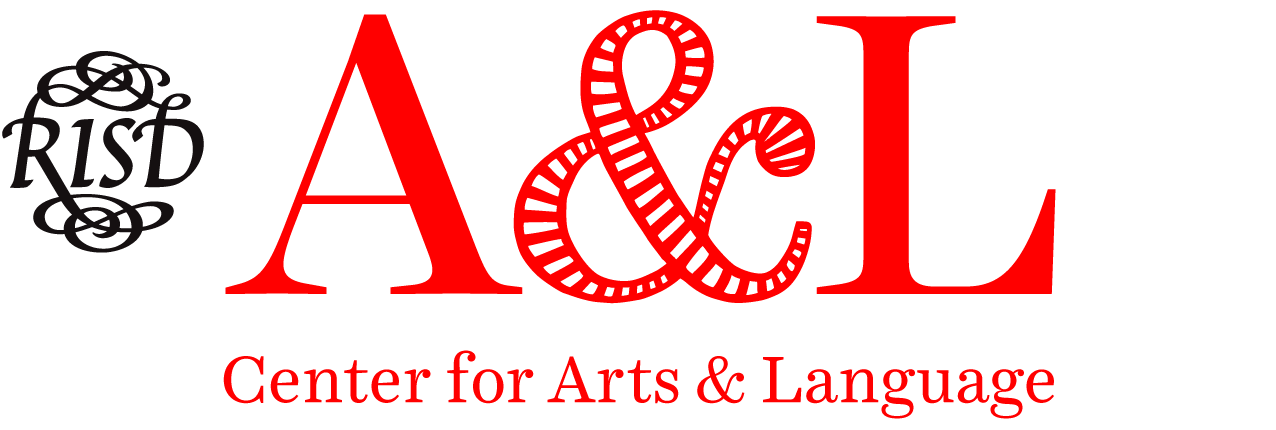Rhetoric
The term “rhetoric” refers to the strategies we use to effectively communicate, especially in writing or speech. Different cultures have different rhetorical norms that reflect their values and goals. In the Nyayasutra tradition, rhetoric is focused on truth, fairness, justice, and an author’s worthy social and intellectual purpose. Cree communication (and that of many other Indigenous cultures of North America) centers relational accountability and building relationships among the audience, author, and subject. American and most Western academia follow the rhetoric established by Aristotle in ancient Greece, which focuses on persuasion by eliciting anything from common understanding to moral agreement to empathy in readers.
The rhetorics you use in your writing are an opportunity to enact your values around the subject matter, bring your own cultural perspectives into a text, and establish yourself in American academic discourse. While Western rhetoric has been and can still be used as a colonizing and controlling tool, it can also be used ethically. This handout shares the tools of Western rhetoric for you to consider and utilize as appropriate.
Aristotelian rhetoric considers four elements:
Logos (logic) – presenting an idea or set of ideas developed through logical progression
Cosmos (context) – giving the reader enough topical context to understand the argument
Ethos (ethics) – demonstrating factual knowledge, insightful understanding, or personal experience that creates trust within the audience
Pathos (empathy) – understanding the audience’s perspective and capitalizing on shared ideals to influence opinion
These elements are established through various Rhetorical Modes:
Description is “painting” with words to emphasize significant details through the five senses. Objective description provides factual information; subjective description creates a mood or feeling.
Narration tells a story through a sequence of events with the emphasis on what
happened rather than why it happened.
Illustration uses examples to explain a viewpoint or support an argument or thesis.
Definition identifies characteristics or clarifies boundaries to describe something
in specific terms.
Exposition explains a subject by answering the five basic questions: who, what,
where, when, and why?
Analogy helps the reader understand an idea by drawing a parallel to something
more familiar.
Argumentation seeks to prove a point of view through clear reasoning and evidence.
Division and Classification Analysis examines a topic by breaking it down into parts, grouping similar information.
Process Analysis separates actions into progressive parts to explain how something works or give instructions.
Compare and Contrast examine the similarities and differences between two (or more) ideas or objects.
Cause and Effect explores a topic through its reasons and results. Problem and Solution follows cause and effect with a suggestion for remedial action.
Aristotelian rhetoric also points out rhetorical fallacies — approaches to persuasion that are not logically sound and are easily discredited.
Current discourse is much more open to varieties of rhetoric than it has been in the past. Scholars often incorporate multiple approaches to suit their content and their own identity as a writer. Talk to your professors about the rhetorics they see in their fields and look for new approaches in the texts you read to continue building your own rhetorical toolbox.
